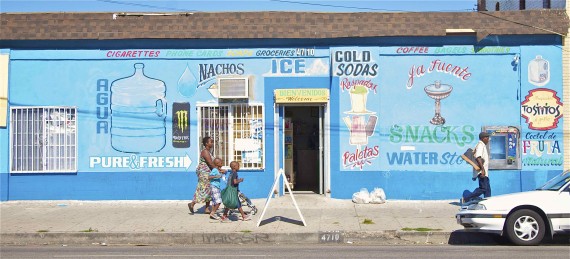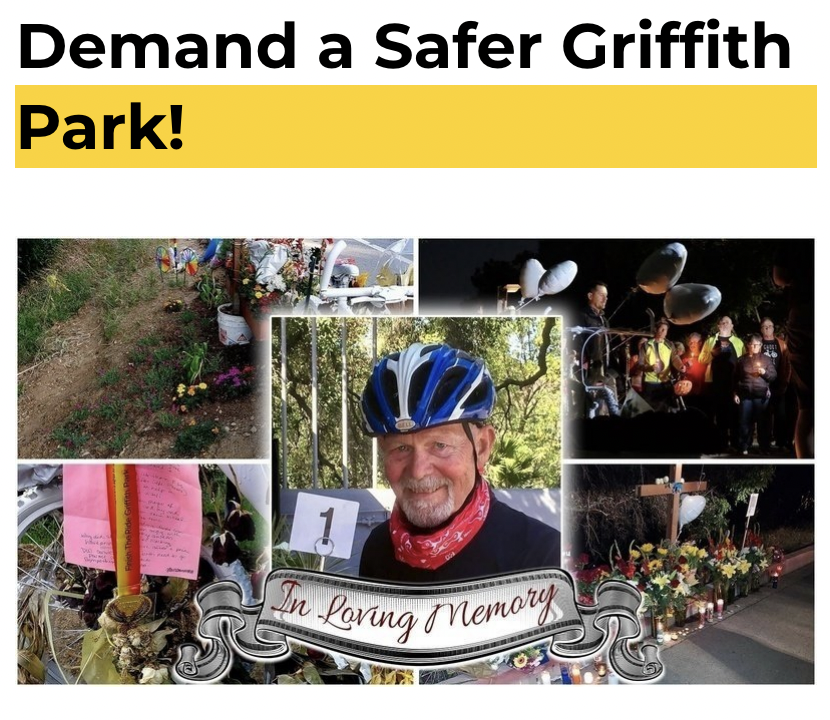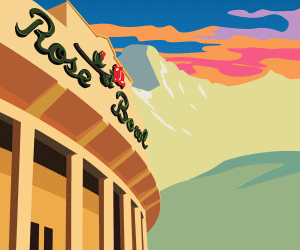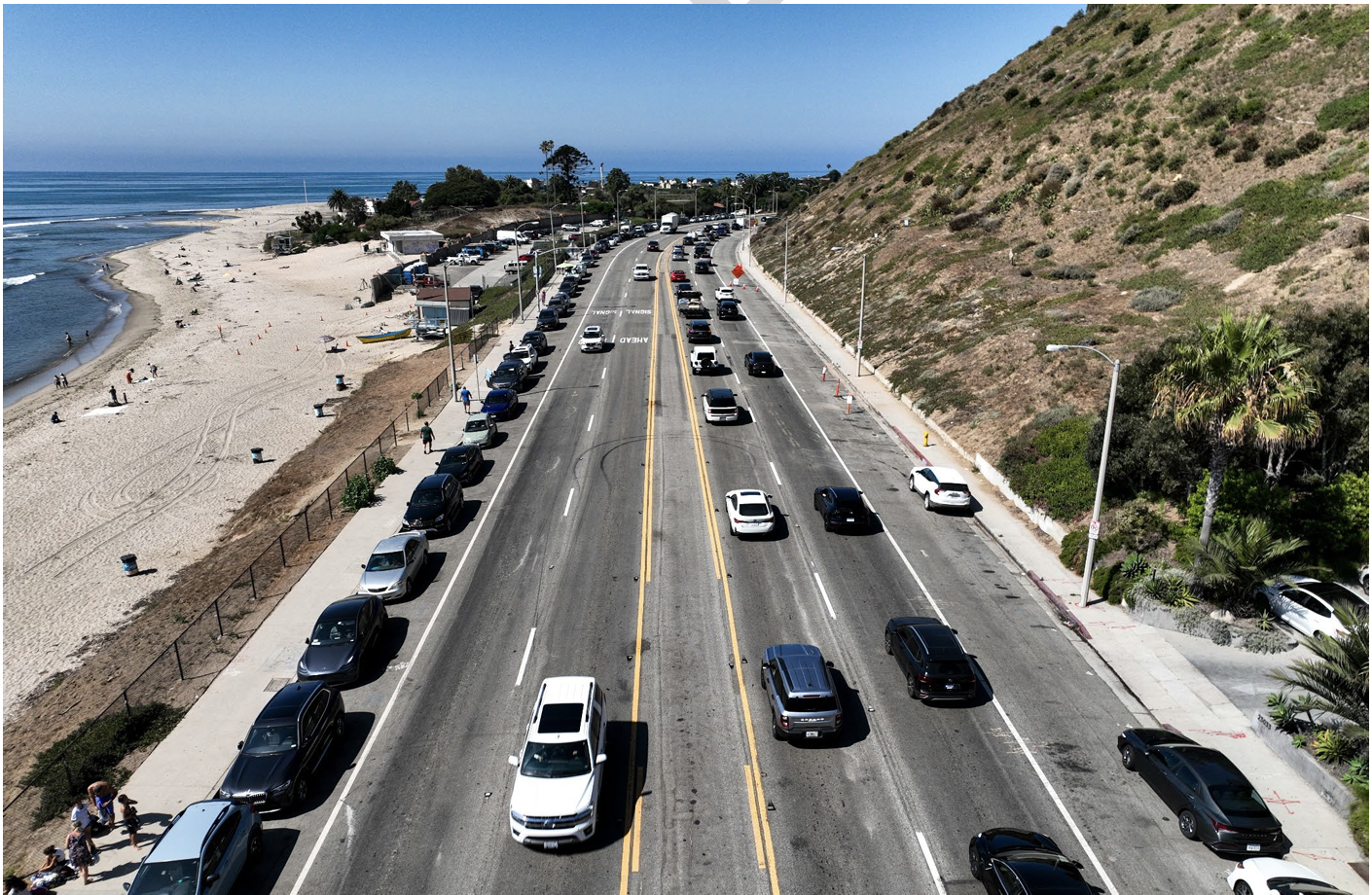
"Most people DO realize that Flaming Hot Cheetos are not a good meal on a daily basis, three times a day," said Clare Fox, Strategic Initiatives Coordinator at the Los Angeles Food Policy Council (LAFPC).
She was talking about the owners of corner stores in South L.A., a number of whom had come to the day-long training for business owners and non-profits looking to stock neighborhood markets with healthier foods sponsored by the LAFPC.
Contrary to what people might think about convenience (and, yes, even liquor) stores in lower-income neighborhoods, she said, "Store owners are really interested" in making some changes to what they offer. "Especially if they have a lot of youth coming in."
But making ideas, good intentions, and aspirations materialize in the form of a transformed store is not so easy. Owners and non-profit representatives I spoke with cited the challenge of procuring better produce, dealing with spoilage, finding things that were culturally relevant to the communities they serve, having the necessary equipment, having space for the new products, accessing capital, and, of course, profitability.
Produce, said a man with experience working in larger grocery stores, is often a money-loser. The stores use it to draw people in, he said, but with the understanding that they would need to make their profits on other -- usually junkier -- products. Many owners of smaller stores in communities of less means feel they can't risk making changes to their current business model.
What became clear over the course of the day, however, was that many of the owners did not necessarily have a clear business model.
Feedback from the owners on the workshops that addressed questions of strategic branding, merchandising, marketing, and store design, indicated that many were too busy with the day-to-day operations and survival to take a bigger-picture approach. Or, they had been practicing some of the presenters' suggestions for some time without being conscious of the larger patterns or theories behind what they were doing.
Women that had owned a corner store in San Pedro mentioned that the presentation by Michael Powell of Shook Kelley, "How Store Design Can Impact Shopper Behavior," gave them new ways to think about things that they had been doing all along. Having a frame, label, and reasoning with which to think about certain marketing practices, they felt, could make it easier to deploy those techniques more strategically and to track their success.
The biggest deterrent to transforming their stores, all seemed to agree, was dealing with the Department of Public Health. In the debriefing session, each of the owners had horror stories to tell about he challenge of getting timely responses to permit applications, the problem of regulations being more geared toward larger stores, and inconsistencies among inspectors, i.e. one saying an owner must do one thing and the next telling him to do the opposite. Those kinds of obstacles, they said, make the idea of taking a risk on changing their product offerings much less palatable.
In other words, despite the obvious interest of all parties in it, the odds are rather stacked against rapid transformation of the food landscape in South L.A.
So, how does change happen?
Over the next few weeks, I'll be speaking with some of the corner store owners in the area to see what steps they are taking to move their stores in a healthier direction. I'll also be looking at how non-profit organizations can facilitate this process. Specifically, I'll be looking at the work of Community Services Unlimited, Inc. in supplementing owners' capacity and knowledge gaps and assisting them with procurement by delivering the produce to the markets themselves (by bicycle, no less!).





